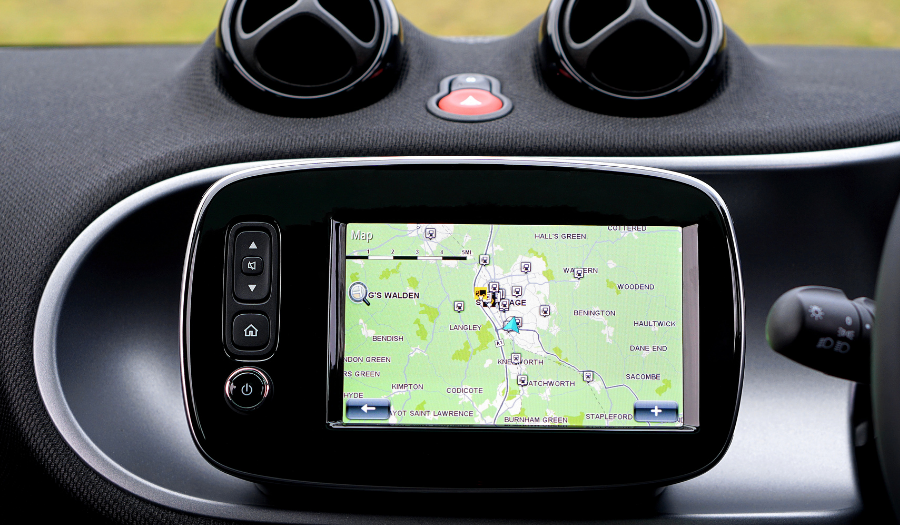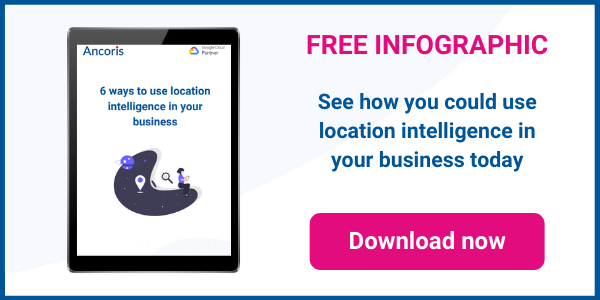Location-based services use an understanding of a device’s current location to provide users with more relevant information, services or security.
Examples of location-based services:
- Proximity-based marketing, pushing ads to users who are near a store or letting restaurants advertise only to people living in a particular area
- Travel information, using real-time traffic and weather information to help users plan and follow the best route
- Mobile workforce management, such as helping field engineers find the exact location in a building for their next job or connecting customers of ride-sharing services with drivers
- Parcel tracking, so customers can see exactly where the driver with their parcel is and when, based on current traffic conditions, it’s likely to arrive.
- Fraud prevention, by tying a user’s smartphone location to their credit card to flag up transactions they’re unlikely to have made
- Entertainment, such as letting gamers interact with their environment by completing tasks at certain locations — catching a Pokemon, perhaps.
Geofencing and location-aware apps
Typically, these apps will use the customer crossing a geofence to kick off the first step in delivering a service. For example, travelers would be able to automatically summon a taxi from their regular taxi firm as their train approaches their station or they could alert a valet parking service that they are returning, so their car can be fetched and ready for them when they arrive at the pick-up point.
Apps will also help when the service comes to the customer: alerting customers when a location-aware app on the smartphone or tablet carried by a service engineer or delivery van driver crosses a geofence that indicates they are only ten minutes away from the customer. Location-aware apps also form part of building an omnichannel experience for your customers using geolocation.
Your location-based platform options
Not surprisingly, many companies turn to Google Maps when adding location intelligence to their operations. That’s because Google Maps:
- is familiar to users and easy to use
- can be incorporated into web, mobile and custom apps
- lets you enrich your applications with relevant data from Google’s database of business listings and points of interest
- lets you overlay and visualise your own data on Google Maps
- can track users through both GPS and, if they’re in a GPS blackspot like a city centre or inside a building, through geolocation, which triangulates the device’s position from WiFi, cell towers and beacons
- can convert between GPS coordinates and street and building addresses
- can provide directions and travel time, based on live traffic data, with routes for driving, walking or cycling
- can create optimised routes for mobile workers
- covers 99% of the world and receives up to 25 million updates each day
Using Google Maps APIs to create engaging web and mobile apps
The Google Maps APIs, a collection of APIs that enable you to overlay your own data on a customised Google Map, is one of the tools used in developing these apps. You can create engaging web and mobile applications with Google’s powerful mapping platform including satellite imagery, street view, elevation profiles, driving directions, styled maps, demographics, analytics and an extensive places database. With the world’s most accurate global coverage and an active mapping community making daily updates, your users will benefit from a continually improving customer experience.
Working with a Google Maps Premier Partner
A Google Cloud Partner like Ancoris can help you apply the power of Google Maps to solve current business challenges and develop new digital models using location-based services.
We’re not only a Google Maps Premier Partner but have achieved Google’s Location-Based Services Partner Specialisation. This means we’ve demonstrated both technical proficiency and proven success in building and managing applications using the best of Google Maps Platform and Google Cloud Platform in both web and mobile environments.
If you’d like to find out more about how we can help you, why not take a look at some of our customer success stories or talk to the experts in our Google Maps team.
Article updated February 2021
First published February 2019

